Find out what the propagation and garden teams have been up to this week.
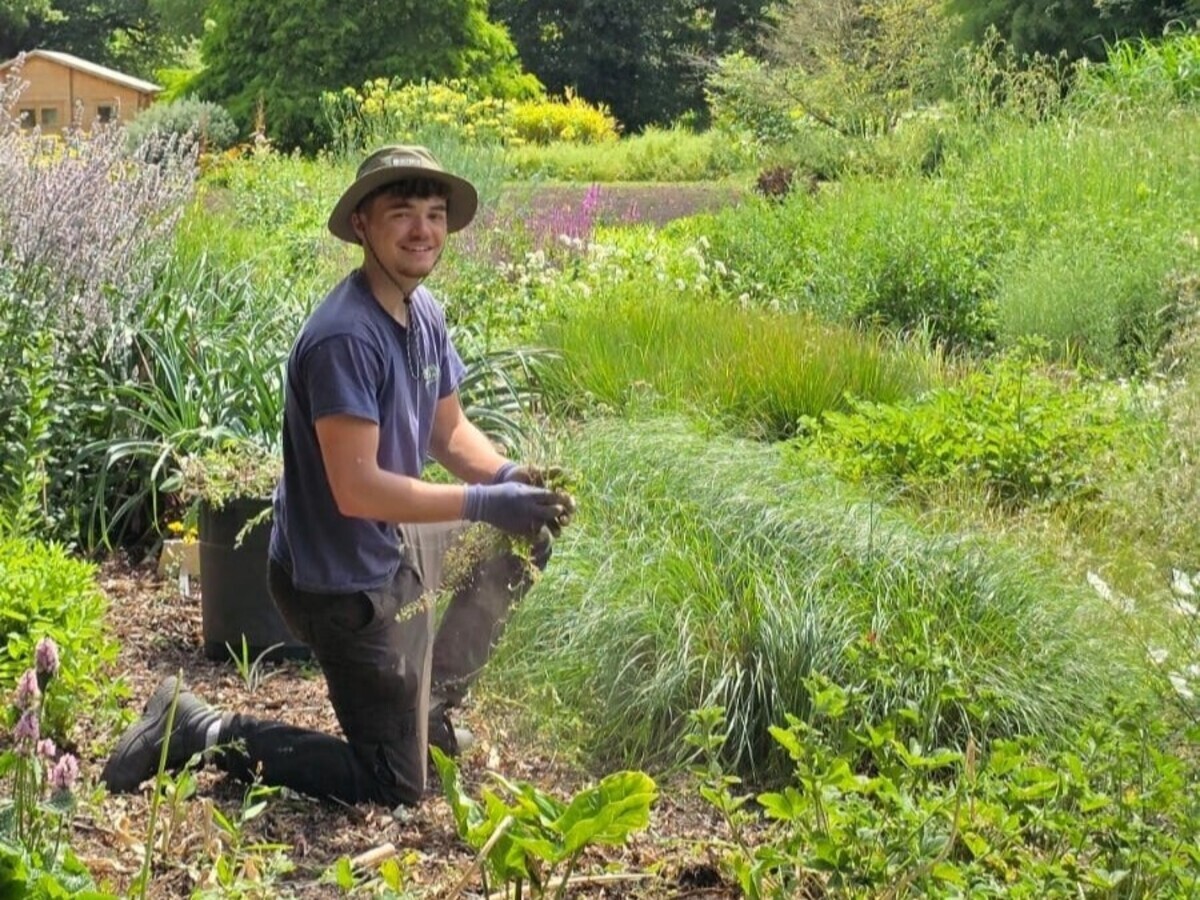
Weekly catch up with garden & propagation

Propagation Team
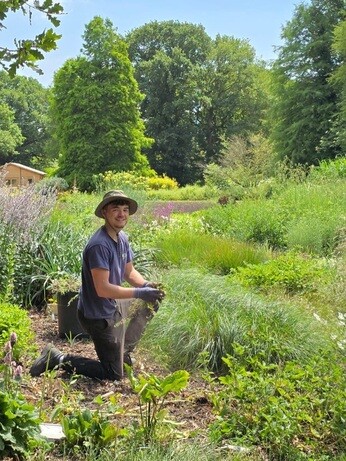
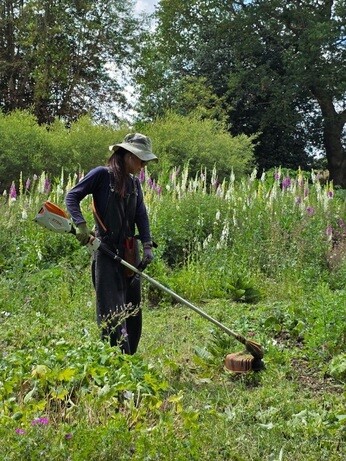
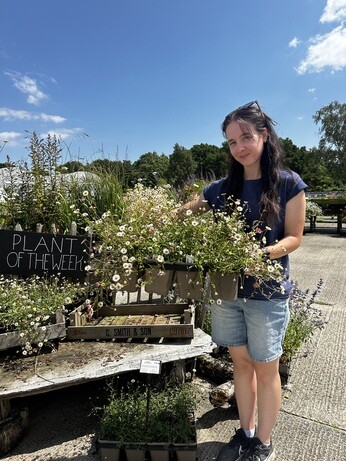
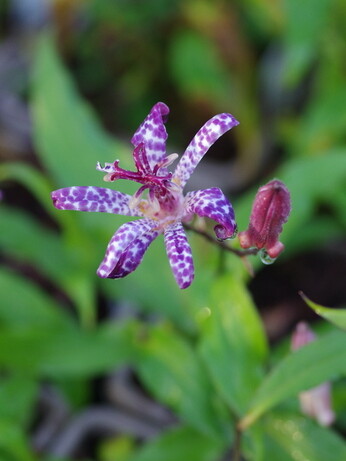
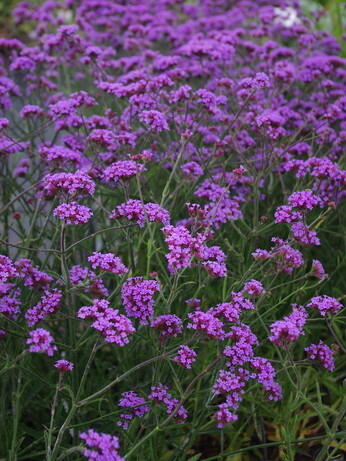
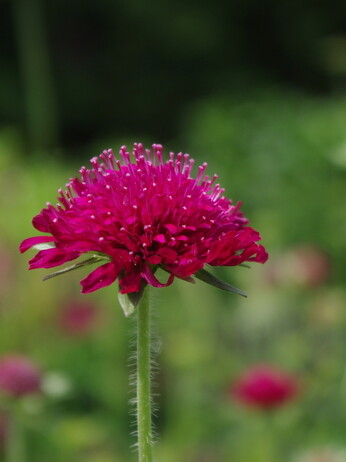
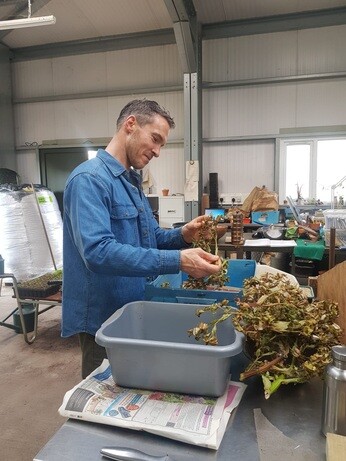
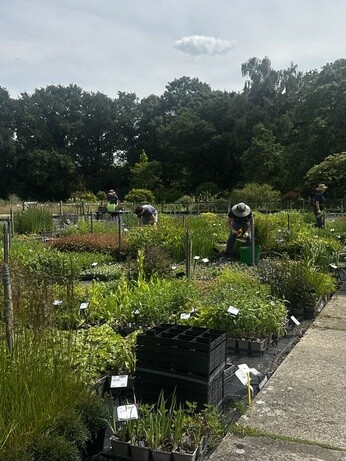
Garden Team
With temperatures soaring, we try to plan our workdays so that, where possible, we can finish certain tasks or areas before it gets too hot, seeking out shade later in the day.
As philadelphus, deutzia, weigela, kolkwitzia, physocarpus and spiraea finish their early summer parade of blossom, we remove their old, flowered stems to encourage new strong, healthy shoots which will give us a wonderful display next year. Pruning is also done to maintain the shrubs’ size, shape and to reinvigorate the plants. Sybille and Benjamin tackled a large tree heather, Erica arborea, working together to reduce its height and width, also thinning its centre slightly to open it up, allowing more light to penetrate and encouraging new growth. Tree heathers often require very little pruning but can tolerate a hard cut back if they’ve become straggly.
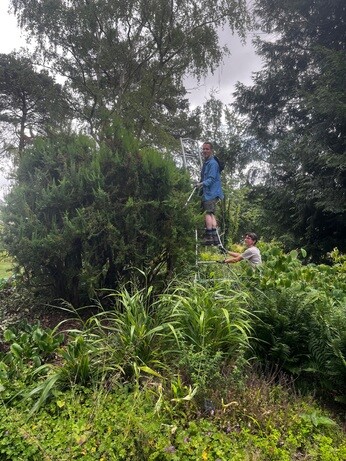
Our Visitors Centre’s blackboard and plant ID - showing people what to look out for in the gardens - is changed on a weekly basis. It’s our intern Benjamin’s last week with us – it’s been great having him here. This week he spent a second day with the propagation team, working with Debbie doing cuttings.
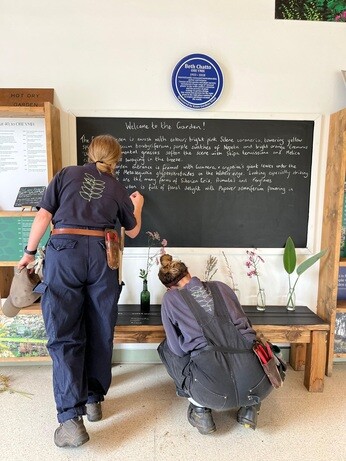
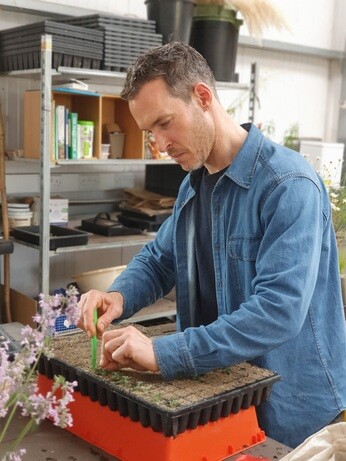
We collected a couple of soil samples from the new land we’re leasing adjacent to the gardens, to better understand the types and quantities of bacteria, fungi and other microbes present. Images and short videos are kept and can be analysed again later, with expert help.
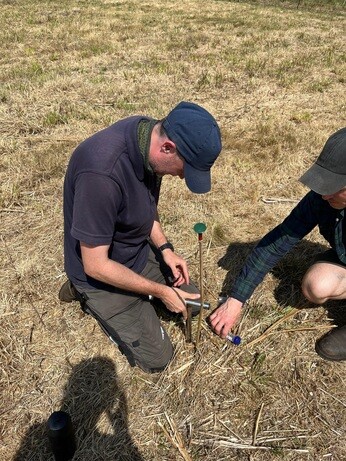
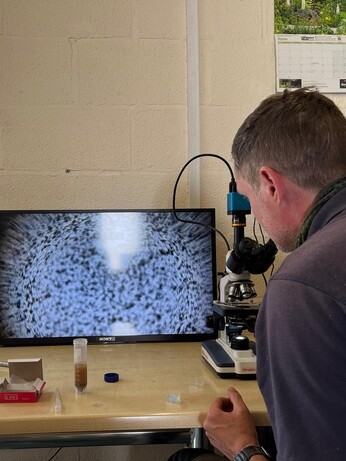
We’ve continued to cut back melica and trimmed a large swathe of vinca before the cyclamen leaves beneath emerge. Removing the seedheads of Arum italicum subsp. italicum ‘Marmoratum’ is an ongoing task. We’ve also been pulling out Smyrnium perfoliatum, leaving only a few to seed. Perfoliate alexanders are classed as invasive, yet have never presented a problem in our garden, but we take measures to control them and ensure they don’t spread into the wild.
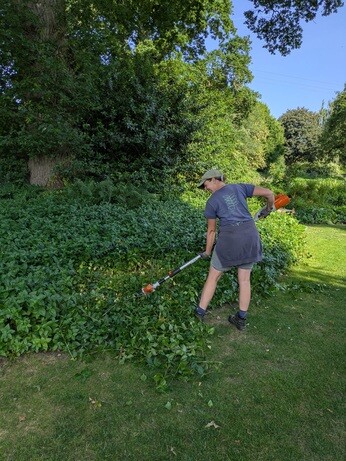
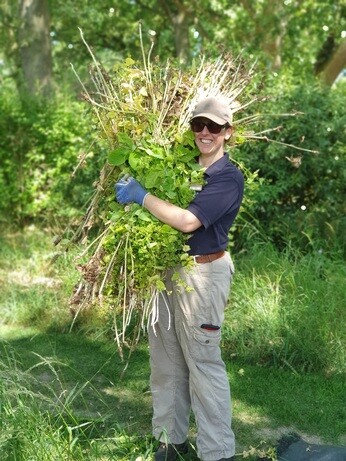
It’s getting a bit late in the season for Chelsea chopping but it’s been an incredibly busy spring, both for us and Debbie, who does all the cuttings for the nursery and deals with the material as we chop e.g. aster, symphyotrichum and phlox. Fortunately we tend to have long mild autumns so the plants will have enough time to grow and bloom before the cold weather sets in.
One of the key plants in our Gravel Garden is Stipa tenuissima. Having received a hard cut back in early spring, we’re now rewarded with fresh, feathery plumes that sway in the breeze. A perfect companion to seaholly and Catananche caerulea. In the next week or so Genista aetnensis, the Mount Etna broom, will look spectacular covered in bright yellow pea-like blossom, filling the air with their sweet scent.
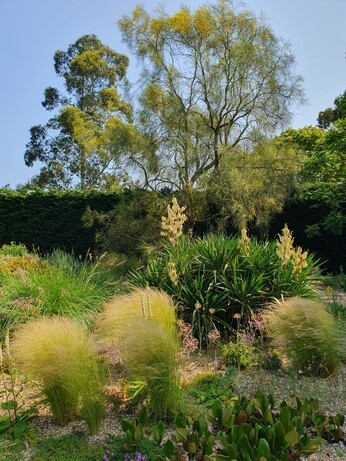
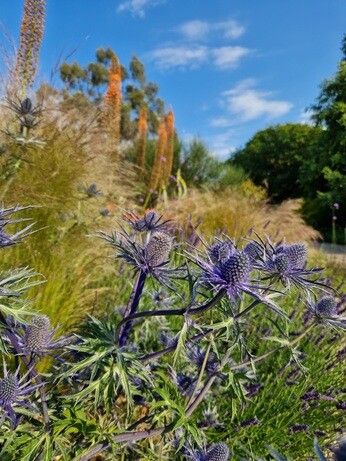
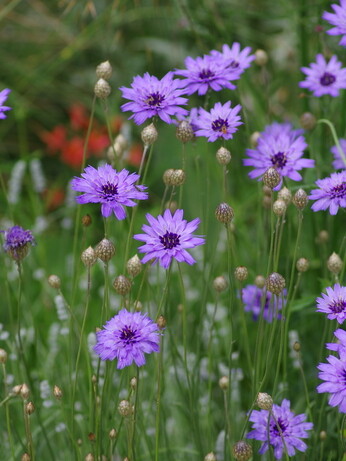


COMMENTS